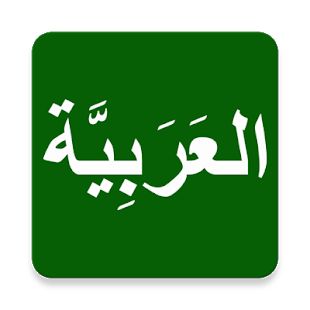
Alsiraj Official Website

Sayings (Hadiths) of Prophet Muhammad
Collection of Hadith: fourth stage
Before the middle of the second century, hadith began to assume a more permanent shape, and written collections to see the light of day. Hundreds of the students of hadith were engaged in the work of learning it in the various centres, but with every new teacher and student the work of preserving the name of the transmitter along with the hadith itself was becoming more difficult.
Written collections of hadith had thus become indispensab1e. The first known work on the subject is that of lmam ‘Abd al-Ma1ik ibn ‘Abd al-’Aziz ibn Juraij, commonly known as Ibn Juraij.
According to some, however, Sa’id ibn Abi ‘Aruba or Rabi’ ibn Suhaib has precedence in this matter. All these authors died about the middle of the second century.
Ibn Juraij lived at Makka, while other authors who wrote books on hadith in the second century are Imam Malik ibn Anas and Sufyan ibn ‘Uyaina in Madina, ‘Abd-Allah ibn Wahb in Egypt, Ma’mar and ‘Abd al-Razzaq in Yaman, Sufyan Thauri and Muhammad ibn Fudzail in Kufa, Hammad ibn Salma and Rauh ibn ‘Ubada in Basra, Hushaim in Wasit and ‘Abd-Allah ibn Mubarak in Khurasan, by far the most important of the collections of these authors being the Muwatta of Imam Malik. All these books, however, were far from being exhaustive writings on hadith.
In the first place, the object of their compilation was simply the collection of such reports as touched on the daily life of the Muslims. Reports relating to a large number of topics, such as faith, or knowledge, or the life of the Prophet, or wars, or comments on the Qur’an, were outside their scope. And secondly, every author collected only such reports as were taught at the centre at which he worked. Even the Muwatta which, as far as reliability is concerned, stands in the first rank with Bukhari and Muslim, contains only the hadith which came through the people of Hijaz. All these works on Hadith were, therefore, incomplete, but they ‘were a great advance on oral transmission in the work of collecting Hadith.
This great work was brought to completion in the Collection of Hadith: third century of Hijra. It was then fifth stage. that two kinds of collections of hadith were made, the Musnad and the Jami’ or the Musannaf.
The Musnad was the earlier type and the Jami’ the later. Musnad is derived from sanad meaning authority, and the isnad of a hadith meant the tracing of it back through various transmitters to the Companion of the Holy Prophet on whose authority it rested.
The collections of hadith known as Musnads were arranged, not according to the subject-matter of the hadith but under the name of the Companion on whose final authority the hadith rested.
The most important of the works of this class is the Musnad of Imam Ahmad ibn Hanbal, which contains about thirty thousand reports. Ahmad was born in 164 A. H. and died in 241 A. H., and is one of the four recognized Imams. His collection, however, contains reports of all sorts.
It is to the Jami’ (lit, one that gathers together) or the Musannaf (lit. compiled together) that the honour is due of bringing the knowledge of hadith to perfection. The Jami’ not only arranges reports according to their subject-matter, but is also of a more critical tone.
Six books are recognized by the Ahl Sunna generally under the heading, being the collections made by Muhammad ibn Isma’il(7) commonly known as Bukhari, (d. 256 A. H.), Muslim (d. 261 A. H.), Abu Dawud (d. 275 A. H.), Tirmidhi (d. 279 A. H.), Ibn Maja (d. 283 A. H.) and Nasa’i (d. 303 A. H.). The works of the third and the last two are more generally known by the name of Sunan (pl. of sunna).
These books classified reports under various heads and thus made hadith easy for reference, not only for the judge and the lawyer but also for the ordinary and the research student, thus giving a further impetus to the study of hadith.
The Shi’as recognize the following five collections of hadith:
1. The Kafi by Abü Ja’far Muhammad ibn Ya’qub (329 A. H.) ;
2. Man la yastihdz-iru-hu-l-Faqih by Shaikh ‘Ali (381 A. H.);
3. The Tahdhib by Shaikh Abü Ja’far Muhammad ibn ‘Ali ibn Husain (466 A. H.) ;
4. The Istibsar by the same author;
5. The Nahj a1-Balgha by Sayyid al-Razi (406 A. H.).
It will be seen that all these collections are of a much later date.

|

|

|
